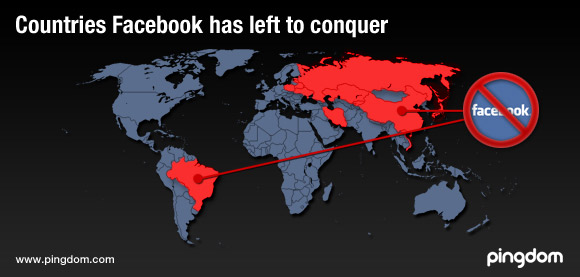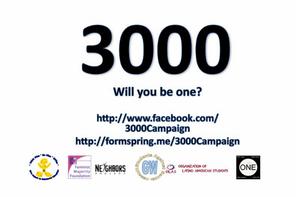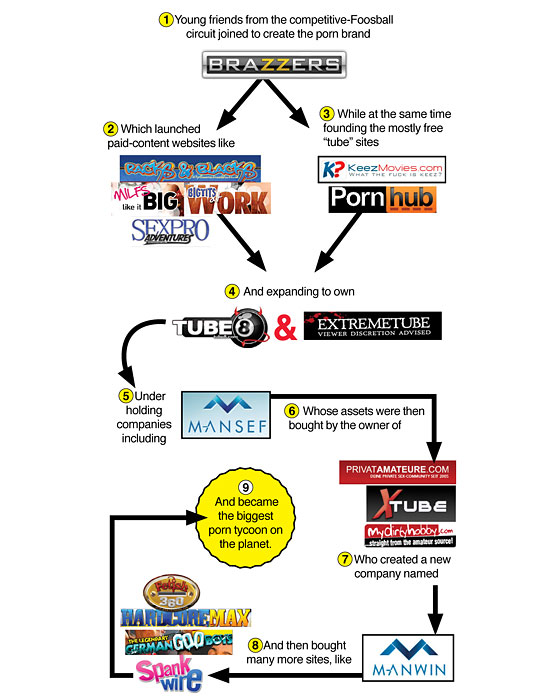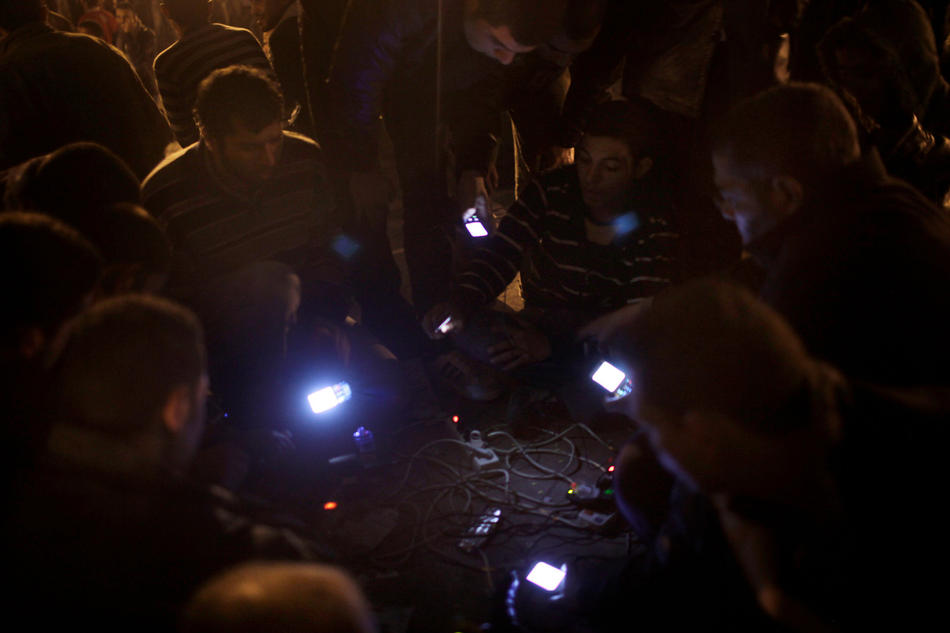
In my previous post on “Digital Dualism Versus Augmented Reality,” I lay out two competing views for conceptualizing digital and material realities. Some view the physical and digital as (1) separate, akin to the film The Matrix, or (2) as an augmented reality where atoms and bits are increasingly imploding into each other.
I prefer the latter, and want to apply this augmented paradigm to the revolutions occurring in the Arab world that have been taking place this winter as well as the subsequent debate over the causes. I, like many others, am equally frustrated by those who give either all or none of the credit for these uprisings to social media tools and argue instead that what is occuring is an augmented revolution.
On one side there are those that promoted the phrase “Twitter revolution” during the June 2009 protests in Iran and continue to reduce subsequent unrest in Tunisia, Egypt and elsewhere as being social media revolutions. To define a revolution in terms of a micro-blogging service is disrespectfully, insensitively and incorrectly reductionist to those on the ground, yelling, marching and being shot at in the streets.
On the other side are those like Malcolm Gladwell who swiftly dismiss how massively important social media truly are both symbolically and strategically to these uprisings. Gladwell states that people with grievances will always communicate and organize. Therefore, how they do so is not as important as why they did so. Unfortunately, such organization does not just happen; people have to make it happen and that is why it remains an important topic. People like Martin Luther King Jr and Mohandas Gandhi spent a great deal of effort outlining specific strategies for their movements. These strategies have been subsequently replicated by others, including the recent Egyptian movement whose organizational work accomplished what many in their country wanted done for decades -and much of this was done online.
Thus, this is no more and no less of a “Twitter revolution” than a Tahrir Square revolution. Let’s move past the reductionist binary and acknowledge that what we are seeing is an augmented revolution, one that utilizes both the physical and digital. Social media plays a key role, but so do the physical bodies standing in the streets taking up physical space, making speech heard not just through speak-to-tweet but also from voice to ear.
For instance, while a small revolutionary force was organized using Facebook in Egypt, specifically on Wael Ghonim’s We Are All Khaled Said page, the group expertly morphed its message once it took to the streets. The Egyptian resistance used web tools as well as physical space, and most importantly, they did so by looking at the intersection of both. They used the web to inform people how to behave in physical space, e.g., what to do with tear gas containers, who should stand in front of the crowds and how the crowds should move about the city.
It makes little sense to argue about whether these are social media revolutions or not. Instead, we should recognize them as augmented revolutions. Only then can we debate just how and how much of a role the digital aspect played.

We also spoke to WYPR about this issue.
Zeynep Tufekci provides my favorite explanation of the overdetermined nature of these revolutions.

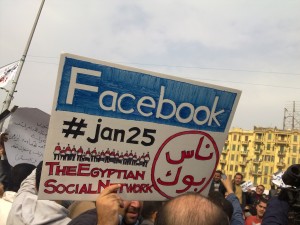
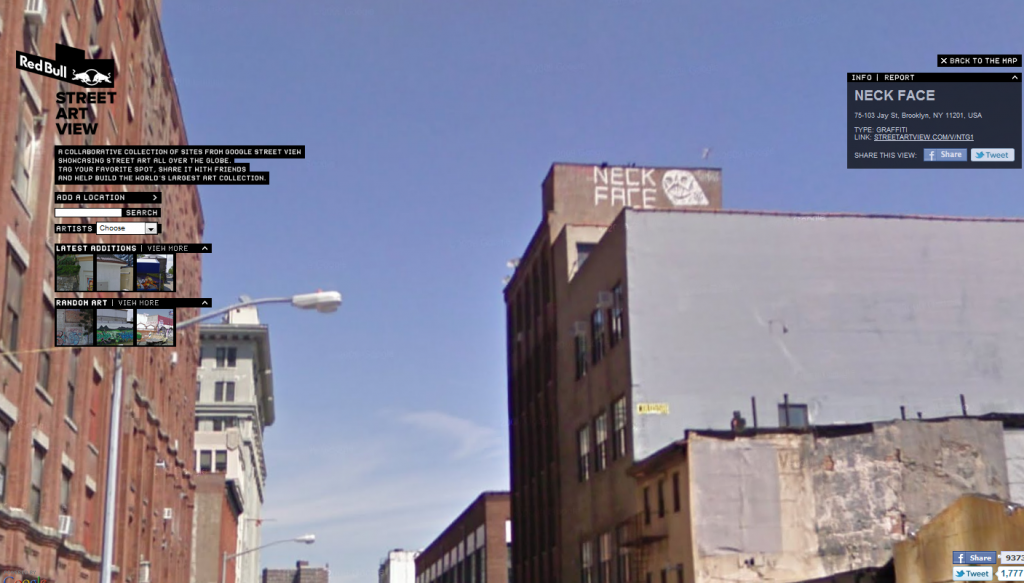
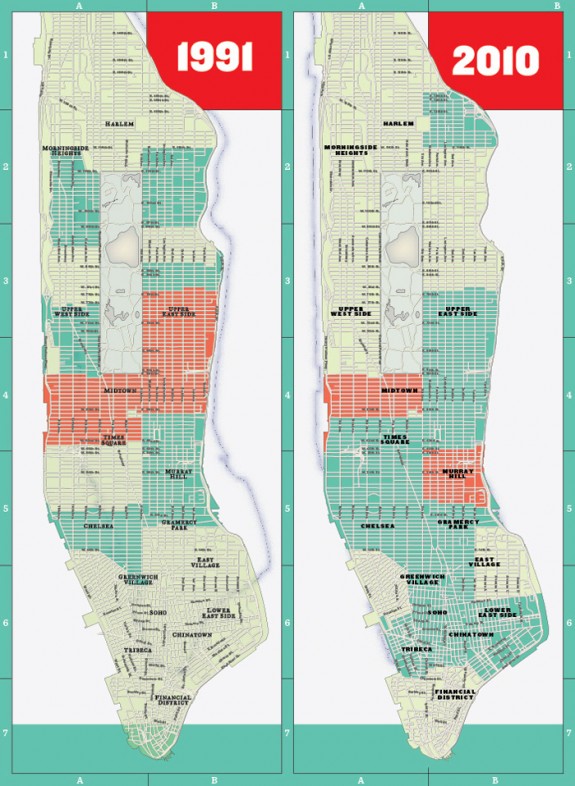
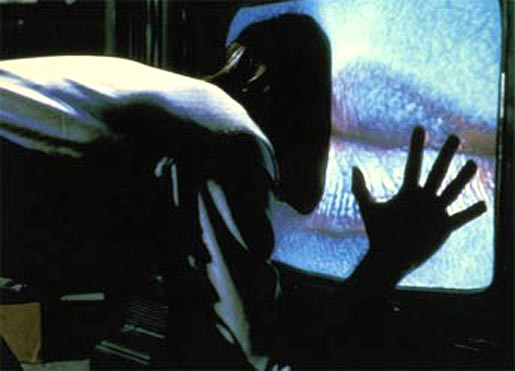
 I am proposing an alternative view that states that our reality is both technological and organic, both digital and physical, all at once. We are not crossing in and out of separate digital and physical realities, ala The Matrix, but instead live in one reality, one that is augmented by atoms and bits. And our selves are not separated across these two spheres as some dualistic “first” and “second” self, but is instead an augmented self. A
I am proposing an alternative view that states that our reality is both technological and organic, both digital and physical, all at once. We are not crossing in and out of separate digital and physical realities, ala The Matrix, but instead live in one reality, one that is augmented by atoms and bits. And our selves are not separated across these two spheres as some dualistic “first” and “second” self, but is instead an augmented self. A 

